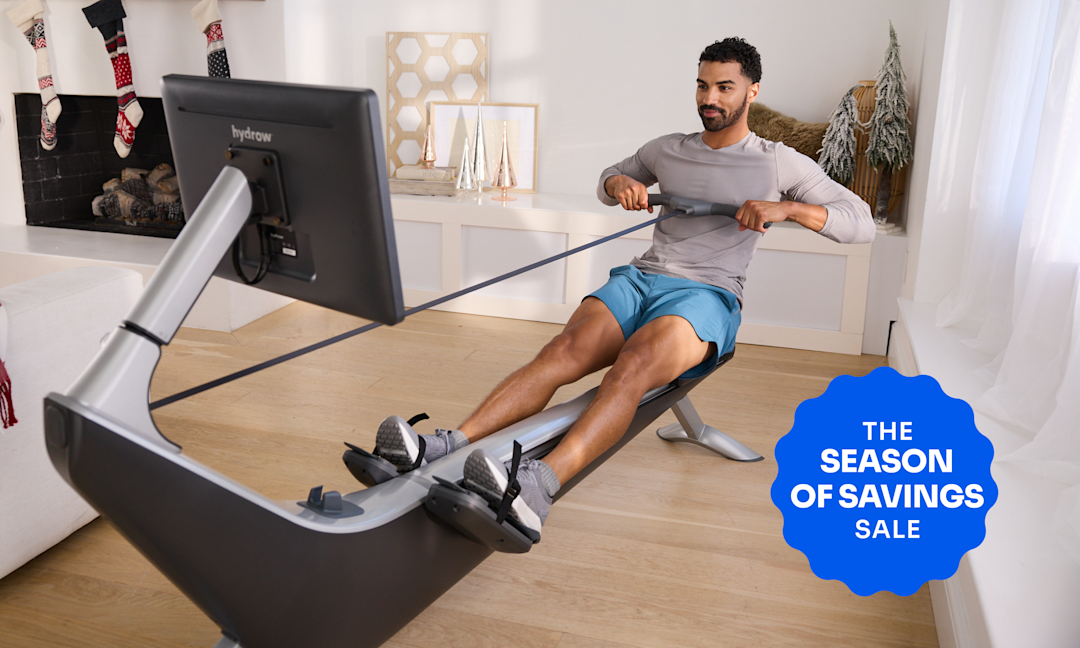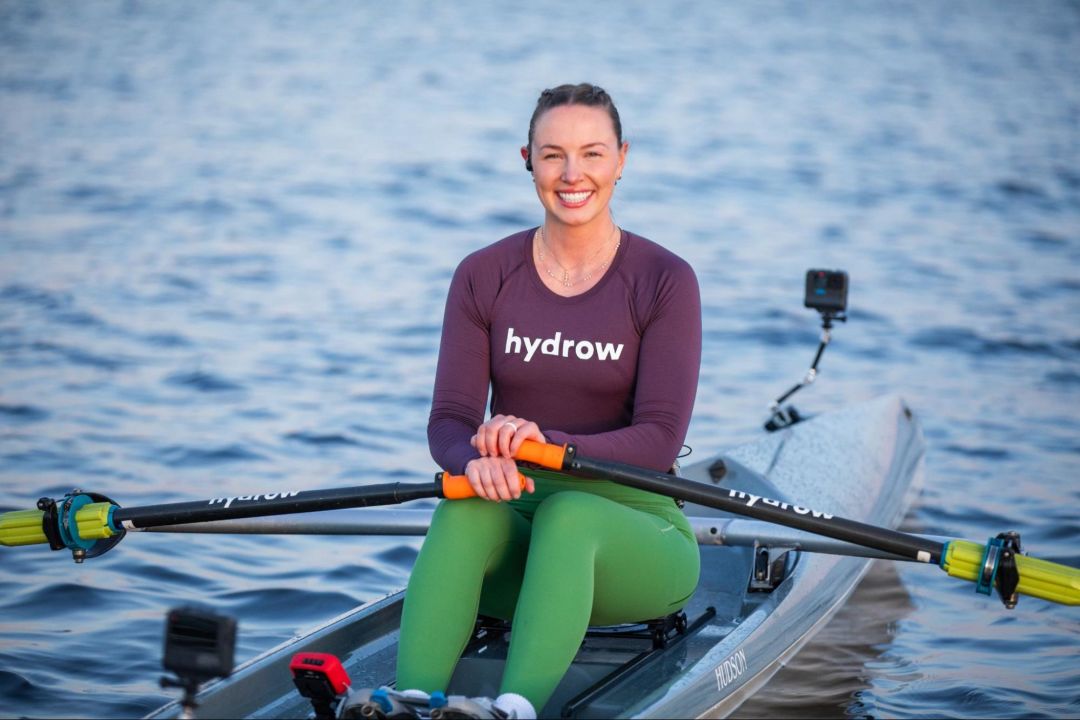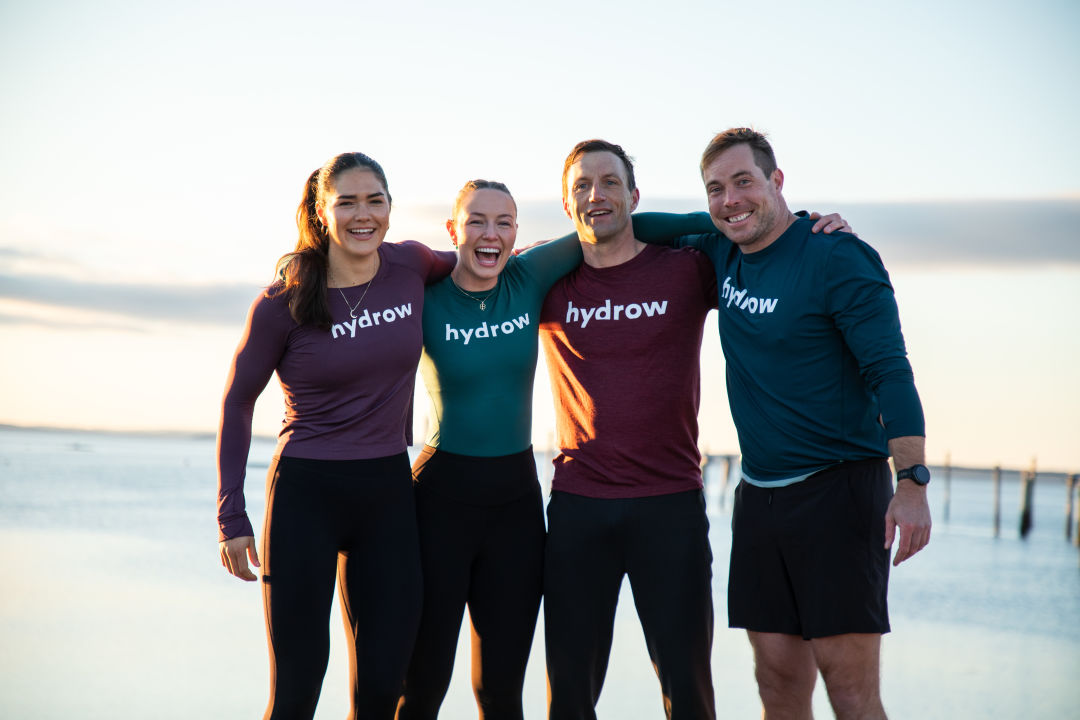18 Different Types of Yoga: Your Comprehensive Guide

Yoga is a system with deep roots in Indian philosophy and culture. Over hundreds of years, the practice of yoga has grown into a worldwide phenomenon. Modern styles of yoga are more focused on movement and fitness compared to traditional styles, which were more meditative. Even among more modern styles, there are some that favor dynamic, flowing movement and others that take things more slowly. Some styles feature specific props, while others are more rooted in a certain ideology or spirit of practice.
This article will cover many of the different types of yoga and offer a brief primer on each to hopefully inspire you to find a style that resonates with you. This list includes:
Let’s get started!
1. Hatha yoga
A foundational style that dates back to 9th century CE, Hatha yoga broke from other traditional styles of yoga by emphasizing physical postures. It’s important to note that yoga is a system designed to help its practitioners navigate life with more ease, and not all traditional forms of yoga placed such a value on physical movement.
For example, Raja yoga focused on meditation and control of the mind, Bhakti yoga valued devotion to a spiritual deity, and Karma yoga emphasized a path of selfless service to others. We begin this list with Hatha yoga because its emphasis on moving the body formed the base for nearly all the more modern styles of yoga.
Example pose: Tadasana (mountain pose), a simple standing pose that promotes alignment.

Season of Savings Sale
Just in time for the holidays—bring a Hydrow home. Don't miss these exclusive offers!
2. Vinyasa yoga
Often referred to as “flow” due to its dynamic, flowing sequence of postures linked to breath, Vinyasa yoga is the most widely offered style of yoga worldwide. It is almost certainly what comes to mind when most people imagine a yoga class!
“Vinyasa” means “to place in a particular way,” referring to the precise cuing of movement with both the transitions between poses and the specific actions required within each pose.
Vinyasa yoga varies in pace and intensity, and your instructor usually has a lot of creative control over which poses appear in which order.
Example pose: Chaturanga Dandasana (four-limbed staff pose), a strength-building transition pose between high plank and upward-facing dog found in sun salutations.
Related blog: 20 Yoga Poses for Beginners and Their Benefits
3. Ashtanga yoga
Ashtanga yoga is a structured and challenging practice with a set series of poses, practiced in a specific order each time. Ashtanga was pioneered by K. Pattabhi Jois in the 20th century and features a strong emphasis on breath, both linked to movement and measured precisely while holding poses.
Unlike other styles of yoga in which instructors lead class, Ashtanga is most often practiced in the style of “Mysore” in which the student moves through the set series of poses on their own with occasional guidance from the teacher. In Ashtanga, students progress through “series” and will incorporate new poses into the sequence when deemed ready by their teacher.
Example pose: Urdhva Mukha Svanasana (upward-facing dog), a backbend that serves as a counter between each of the many forward folds in the Ashtanga Primary Series.
4. Bikram yoga
This yoga style is characterized by a set series of 26 postures and two breathing exercises performed under high heat and humidity. The addition of heat is meant to promote flexibility and detoxification, while the standardization of the sequence (90 minutes and the same poses each time) can help students gain familiarity and notice progress in their practice.
Example pose: Standing head to knee pose (Dandayamana Janushirasana) is one of the signature poses in the Bikram sequence, demanding both flexibility and balance.

Explore Hydrow’s library of yoga workouts from around the world.
5. Iyengar yoga
Developed by B.K.S. Iyengar in the 20th century, Iyengar yoga pioneered the use of props to aid in achieving yoga postures safely and effectively. We now commonly see studios using the same props like yoga blocks, straps and blankets in their class offerings.
Iyengar yoga has a serious focus on alignment and poses are held for longer periods of time so that students can understand the myriad actions required to hold a given pose correctly, and experience the benefits of each pose.
This is a seminal style of yoga because it moved the yoga practice towards a greater appreciation of the needs of each individual. Prior to Iyengar yoga, there was a strictness and a reluctance to modify the practice despite the diverse needs of students.
Example pose: Adho Mukha Svanasana (downward-facing dog). In Iyengar Yoga, this pose may be used to demonstrate several key alignment principles that apply across many different postures.
6. Chair yoga
I would wager that without Iyengar yoga and its emphasis on props, we would not have practices like chair yoga today. This is a gentle form of yoga that uses a chair for support, making it accessible to people with limited mobility or issues with balance. You will often see chair yoga offered at retirement centers, as it’s a great choice for people who would benefit greatly from gentle movement but may be more frail or prone to injuries.
Example pose: Seated forward bend (Paschimottanasana), a forward fold utilizing a chair for greater support and stability.
7. Prenatal yoga
Prenatal yoga is a subspecialty style of yoga tailored for pregnant individuals that offers modifications and support to safely practice while pregnant. Yoga may be especially beneficial during pregnancy because it can promote flexibility to reduce discomfort as the body changes, while also strengthening areas in anticipation of the birthing process. Yogic breathing may also be a helpful tool for expectant mothers.
Example pose: Cat-cow stretch helps relieve back pain and promotes mobility.
8. Power yoga
There’s no clear, universal definition of power yoga, but it generally refers to a fitness-focused approach to yoga. A power yoga class will emphasize strength and stamina through a vigorous sequence of postures, including Chaturanga push-ups and challenging poses held for longer periods of time in a way that feels inspired by Ashtanga.
Example pose: Warrior II (Virabhadrasana II) builds strength and endurance.
9. Restorative yoga
Restorative yoga is a slow-moving or static practice that uses props to support the body in passive stretches or calming positions to promote deep relaxation. This type of practice is not intended to be a workout, and the level of stretch provided can vary widely depending on the teacher’s intention with each class.
In restorative yoga, you will see props like blocks and blankets, but also larger cushions known as bolsters that provide gentle support in a number of different poses.
Example pose: Supported child’s pose, a restorative pose using bolsters or blankets for support.
10. Wall yoga
If you ever find yourself in a yoga studio and notice a wall with mysterious holes in it, this is probably a place where wall yoga happens. This style is derived from Iyengar yoga and its emphasis on props to support postures. Wall yoga uses installations in a wall as anchors for yoga straps, and practitioners can then use this support to access some unique poses.
In particular, wall yoga allows for safe inversions with the support of straps. To note, sometimes wall yoga might simply refer to yoga poses practiced with the support of a wall, without the strap anchors.
Example pose: Viparita Karani (legs-up-the-wall pose) promotes relaxation and rejuvenation.
11. Yin yoga
Similar to restorative yoga, Yin yoga is a slow style that focuses on holding postures for long durations of time. Unlike restorative yoga, however, Yin yoga often focuses on providing a deep targeted stretch to specific connective tissues and joints.
The poses in Yin Yoga are held for three to five minutes or even longer, and what starts as an innocuous stretch can intensify into something much deeper. Therefore, the felt experience of Yin yoga might not be as outright relaxing as a restorative practice.
Example pose: Caterpillar pose (seated forward bend) encourages deep stretching of the spine and hamstrings.

Did You Know?
Over 90% of Hydrow members are still active one year later.
12. Kundalini yoga
Kundalini yoga ties in the physical practice of yoga with breathwork, chanting, and meditation in order to stir the dormant “Kundalini” energy in practitioners. Compared to other styles of yoga, Kundalini can look quite unique—from unconventional movements and repeated mantras, this style shakes people up and gets them out of their comfort zones.
Example pose: Cobra pose (Bhujangasana) is often part of the warm-up to awaken energy.
13. Jivamukti yoga
Founded in 1984 by Sharon Gannon and David Life, this modern style takes a Vinyasa approach to yoga, incorporating spiritual teachings, music, and philosophy. Each class can focus on a different theme or concept, often focusing on a specific lesson from yogic philosophy. There is also a strong emphasis on community activism and taking yoga “off the mat” and into the real world.
Example pose: Warrior III (Virabhadrasana III) is often included for strength and balance.
14. Forrest yoga
A style developed by Ana Forrest, Forrest yoga is a fiery practice that incorporates core work, challenging poses, and deep stretches. This intensity is paired with an intention to foster self-understanding and healing. There is a focus on proper alignment and intentional movement. The sequences often feel less dynamic and flowy than Vinyasa and are broken up into shorter vignettes.
Example pose: Ostrich pose, a variation of Warrior II with an arm bind that opens the hips and shoulders.
15. AcroYoga
A combination of yoga, acrobatics, and Thai massage, AcroYoga is about making connected shapes through partner work. One person works as a “base” to physically support another person (called a “flyer”) through shapes that are sometimes acrobatic and other times more restorative. Imagine if cheerleading met yoga, and that’s more or less what AcroYoga looks like!
Example pose: Throne Pose, a foundational pose involving a base and flyer.
16. Aerial yoga
Another distinct offering, aerial yoga uses hanging fabrics to support practitioners into various postures while suspended above the earth. The use of the fabric allows for some unique inversions and deep stretches.
Example pose: Aerial downward dog, a variation of downward dog using the fabric.
17. Slow-flow yoga
There is no definitive agreement on what makes up slow-flow yoga, but in general, it lies somewhere between Vinyasa and restorative. Expect periods of gentle movement and some longer held stretches. Slow flow might be a good option for those new to the practice of yoga, especially if the pace of a Vinyasa practice feels too fast.
Example pose: Low lunge, a stretch for the front of the hips.
18. Gentle yoga
Similar to slow-flow yoga, this is a mindful and deliberately paced approach to yoga that is suitable for all levels. It focuses on gentle movement, stretching, and breathing to cultivate a greater sense of body awareness.
Example pose: Reclined bound angle pose (Supta Baddha Konasana) promotes relaxation and flexibility in the hips.
Explore different types of yoga with Hydrow
These are just a handful of the many forms of yoga practiced throughout time and into modernity. Yoga is a practice with a deep and proud tradition, but ultimately one that has resonated with humans across time and culture. As is evident from even this snapshot, there are many ways to seek the sort of self-understanding and peace that is the ultimate goal of yoga.
Start your yoga journey with Hydrow’s diverse range of classes, from flowing Vinyasa to relaxing restorative, all led by world-class Athletes and filmed in stunning locations worldwide.
Explore Hydrow’s yoga workouts today!

Explore Hydrow's library of 5,000+ rowing, circuit training, yoga, Pilates, and mobility workouts.
